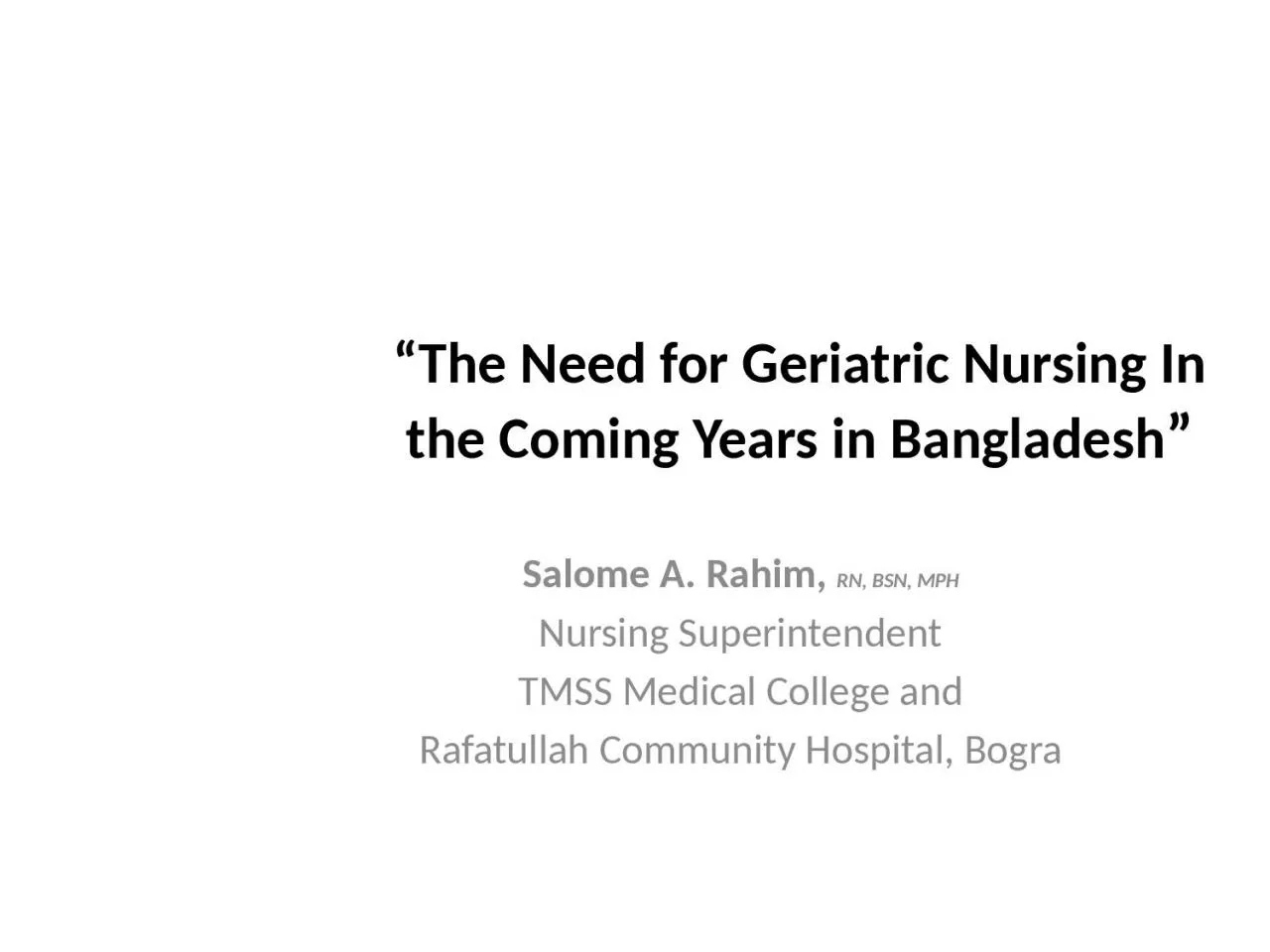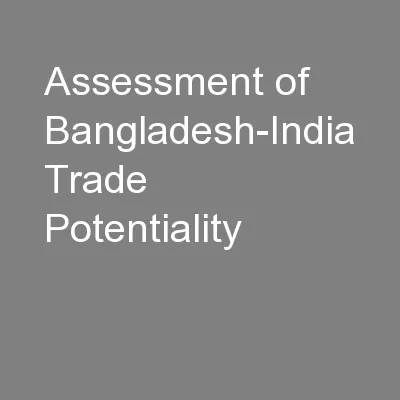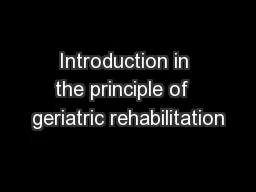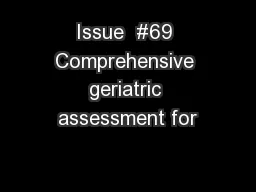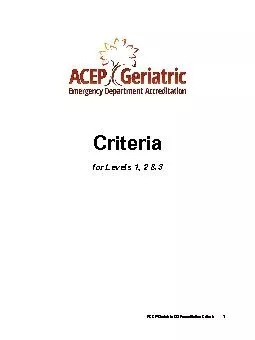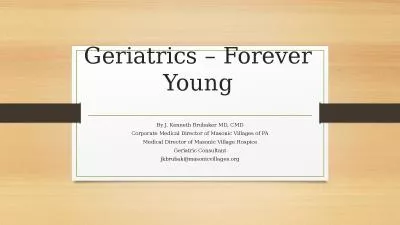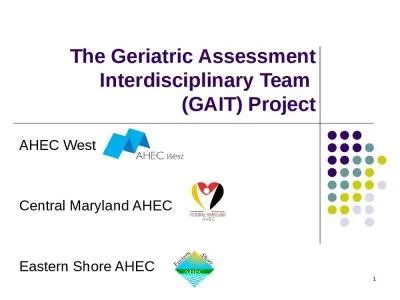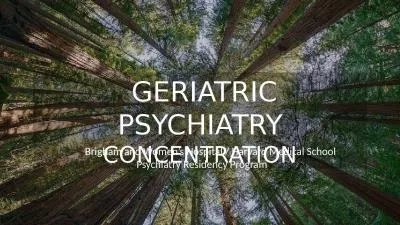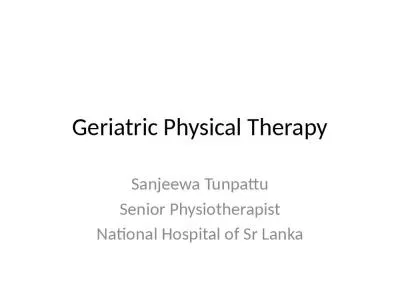PPT-“The Need for Geriatric Nursing In the Coming Years in Bangladesh
Author : callie | Published Date : 2024-01-03
Salome A Rahim RN BSN MPH Nursing Superintendent TMSS Medical College and Rafatullah Community Hospital Bogra Introduction There will be absolute numbers of elderly
Presentation Embed Code
Download Presentation
Download Presentation The PPT/PDF document "“The Need for Geriatric Nursing In the..." is the property of its rightful owner. Permission is granted to download and print the materials on this website for personal, non-commercial use only, and to display it on your personal computer provided you do not modify the materials and that you retain all copyright notices contained in the materials. By downloading content from our website, you accept the terms of this agreement.
“The Need for Geriatric Nursing In the Coming Years in Bangladesh: Transcript
Download Rules Of Document
"“The Need for Geriatric Nursing In the Coming Years in Bangladesh"The content belongs to its owner. You may download and print it for personal use, without modification, and keep all copyright notices. By downloading, you agree to these terms.
Related Documents

